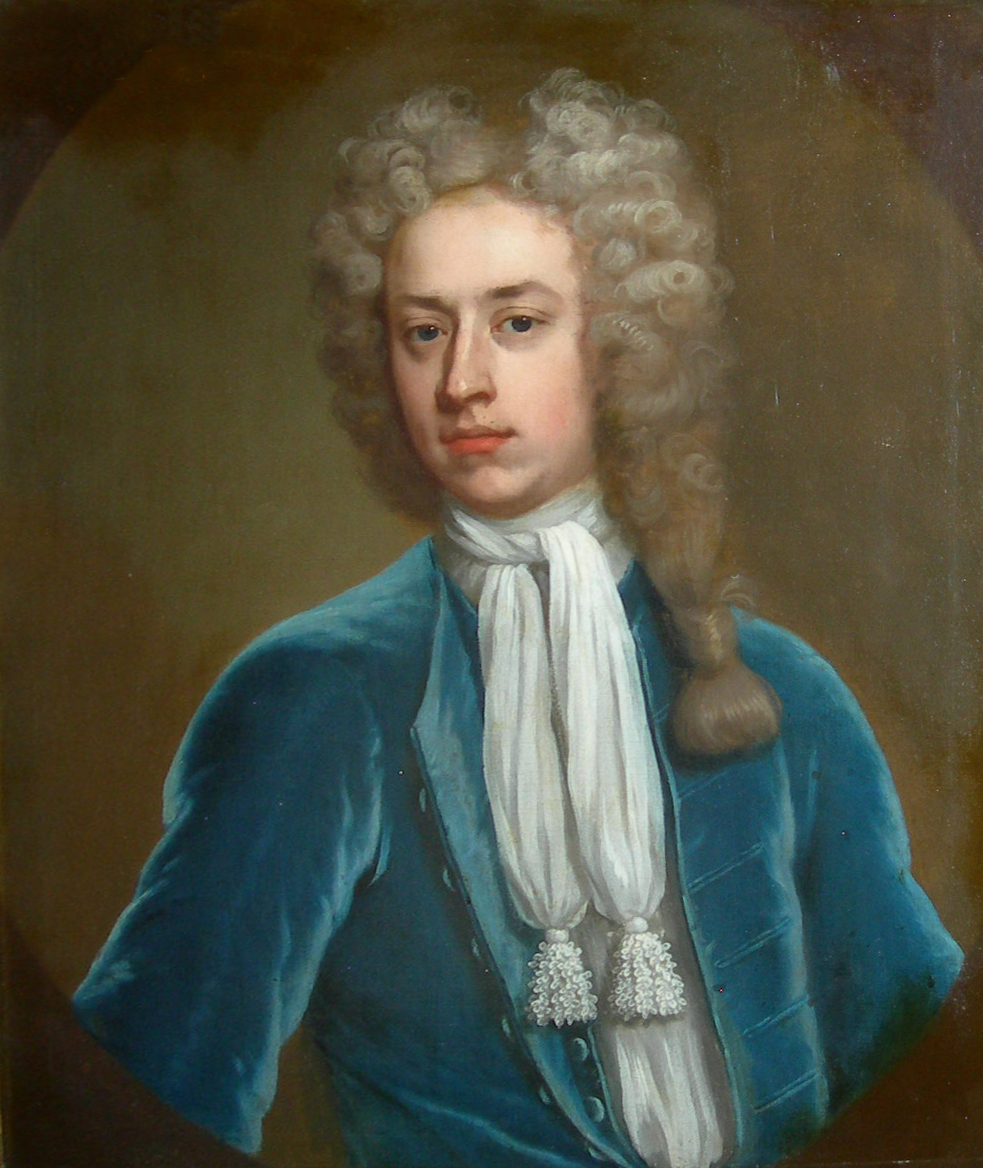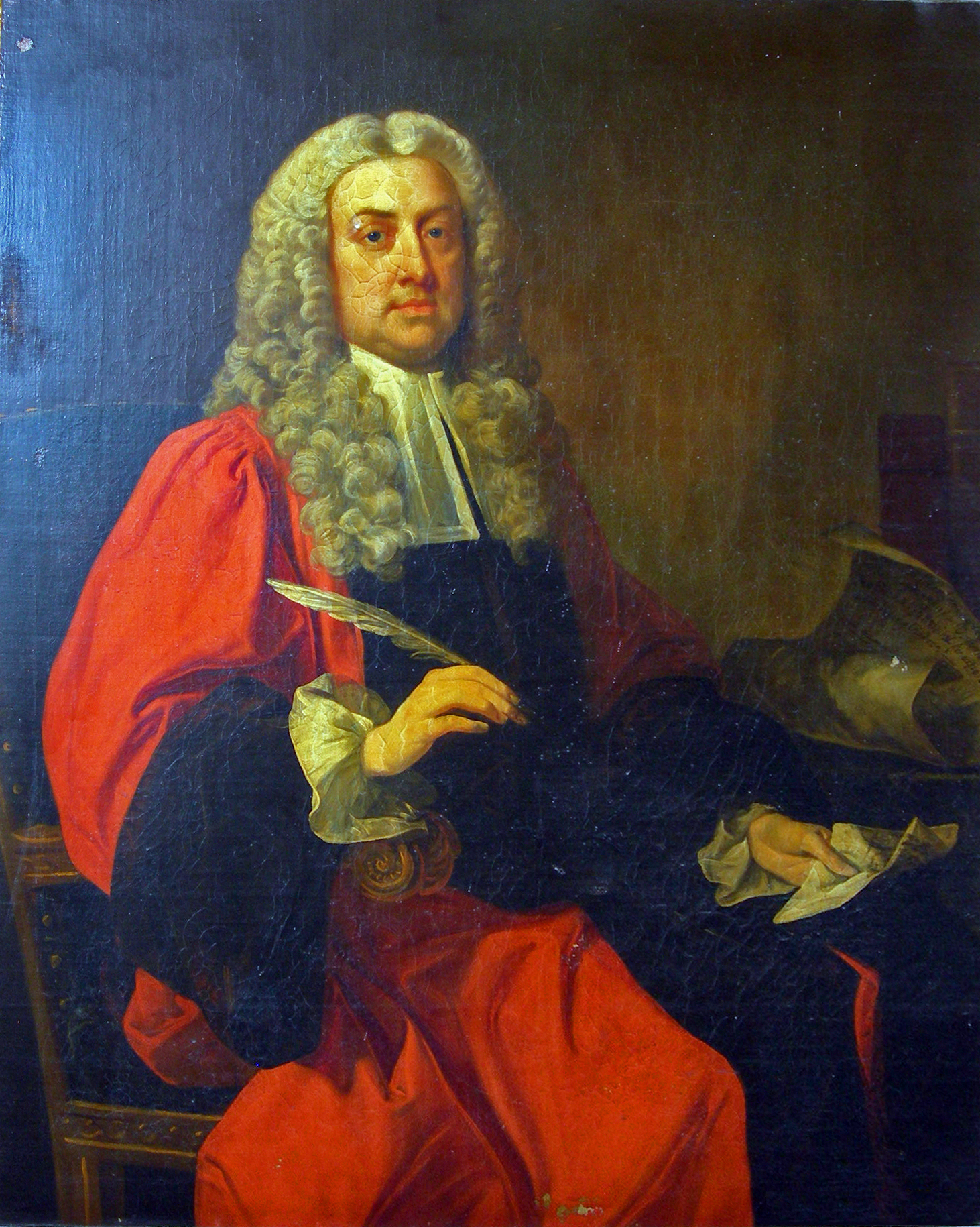|
House Of White Of Tuxford And Wallingwells
The House of White of Tuxford and Wallingwells is an ancient family, which primarily lived in Nottinghamshire over many centuries. From 1802 the head of the family has been a baronet, the title having been conferred on Sir Thomas Woollaston White, 1st Bt., by King George III George III (George William Frederick; 4 June 173829 January 1820) was King of Great Britain and of Ireland from 25 October 1760 until the union of the two kingdoms on 1 January 1801, after which he was King of the United Kingdom of Great Br .... List of heads of family People noted in italics are those who would have succeeded as the head of the family had they survived their elder brother. References {{reflist White of Tuxford and Wallingwells ... [...More Info...] [...Related Items...] OR: [Wikipedia] [Google] [Baidu] |
Tuxford
Tuxford is a historic market town and a civil parish in the Bassetlaw District, Bassetlaw district of Nottinghamshire, England. At the 2001 census, it had a population of 2,516, increasing to 2,649 at the 2011 census. Geography Nearby towns are Ollerton, Nottinghamshire, Ollerton, Retford, Worksop, Mansfield and Newark-on-Trent. The nearest cities are Lincoln, England, Lincoln and Nottingham. The town is located near the border with Lincolnshire in The Dukeries. The A6075 passes through east–west and connects the A57 road, A57 to Ollerton and Mansfield. The East Coast Main Line passes close to the east. The A611 previously went east–west through the town; this is now the A6075; the A611 now goes from Mansfield to Hucknall. The Great North Road (United Kingdom), Great North Road runs through the town (now B1164), though the majority of traffic now uses the modern A1 road (Great Britain), A1 trunk road, which splits the town in two. The town was bypassed in 1967. The se ... [...More Info...] [...Related Items...] OR: [Wikipedia] [Google] [Baidu] |
Wallingwells
Wallingwells is a small civil parish and hamlet in the Bassetlaw district of Nottinghamshire, England, with a population at the 2001 census of 22. The population remained less than 100 at the 2011 census. Details are included in the civil parish of Carlton in Lindrick. It lies about five miles north of Worksop. The parish is one of the few in England still to have an exclave – in this case a small section of land separated from the parish by the Carlton in Lindrick parish. Wallingwells Hall Wallingwells Hall is a grade II listed 17th-century country house built on the site of Wallingwells Priory. It was for several hundred years the seat of the House of White of Tuxford and Wallingwells. It is constructed of coursed rubble, ashlar, brick and render with slate hipped roofs to an irregular floor plan, and is now divided into four private houses. History Wallingwells was granted by Queen Elizabeth I in 1563–64 to Richard Pype (a leather seller) and Francis Bowyer (a gro ... [...More Info...] [...Related Items...] OR: [Wikipedia] [Google] [Baidu] |
Nottinghamshire
Nottinghamshire (; abbreviated Notts.) is a landlocked county in the East Midlands region of England, bordering South Yorkshire to the north-west, Lincolnshire to the east, Leicestershire to the south, and Derbyshire to the west. The traditional county town is Nottingham, though the county council is based at County Hall in West Bridgford in the borough of Rushcliffe, at a site facing Nottingham over the River Trent. The districts of Nottinghamshire are Ashfield, Bassetlaw, Broxtowe, Gedling, Mansfield, Newark and Sherwood, and Rushcliffe. The City of Nottingham was administratively part of Nottinghamshire between 1974 and 1998, but is now a unitary authority, remaining part of Nottinghamshire for ceremonial purposes. The county saw a minor change in its coverage as Finningley was moved from the county into South Yorkshire and is part of the City of Doncaster. This is also where the now-closed Doncaster Sheffield Airport is located (formerly Robin Hood Airport). In 20 ... [...More Info...] [...Related Items...] OR: [Wikipedia] [Google] [Baidu] |
White Baronets
There have been five baronetcies created for persons with the surname of White, one in the Baronetage of Great Britain and four in the Baronetage of the United Kingdom. The baronets include Blagdon in the County of Northumberland, Tuxford and Wallingwells in the County of Nottingham, Cotham House in Bristol, Salle Park in the County of Norfolk, and Boulge Hall in the County of Suffolk. White (later Ridley) baronets, of Blagdon (1756) The White baronetcy, of Blagdon in the County of Northumberland, was created in the Baronetage of Great Britain in 1756 for Matthew White, with remainder to the heirs male of his sister Elizabeth, wife of Matthew Ridley. Sir Matthew White Ridley, 5th Baronet, was created Viscount Ridley in 1900. White baronets, of Tuxford and Wallingwells (1802) The White baronetcy, of Tuxford and Wallingwells in the County of Nottingham, was created in the Baronetage of the United Kingdom on 20 December 1802 for Thomas Woollaston White, with remainder to the ... [...More Info...] [...Related Items...] OR: [Wikipedia] [Google] [Baidu] |
Sir Thomas White, 1st Baronet
Sir Thomas Woollaston White, 1st Baronet, of Tuxford and Wallingwells (20 January 1767 – 28 October 1817), was the eldest son and heir of Taylor and Sarah White. His grandfather, also named Taylor White, was the founding Treasurer of The Foundling Hospital, a judge, Fellow of The Royal Society, and Patron of the Arts. Prior to inheriting, in 1795, his father's substantial estates, including Wallingwells, he occupied himself primarily with the army and militia. The raising of the Sherwood Rangers Yeomanry Cavalry and the grant of baronetcy When it appeared that an invasion of England by Napoleon was imminent, White twice raised, quartered, fed, clothed and armed a force of volunteers to help defend the nation. King George III heard of these deeds and offered to share half of the cost from his privy purse, as he saw this as too much a burden for a private gentleman to bear. White declined the offer, saying that he considered it the duty of every loyal gentleman to assist to ... [...More Info...] [...Related Items...] OR: [Wikipedia] [Google] [Baidu] |
George III Of The United Kingdom
George III (George William Frederick; 4 June 173829 January 1820) was King of Great Britain and of Monarchy of Ireland, Ireland from 25 October 1760 until Acts of Union 1800, the union of the two kingdoms on 1 January 1801, after which he was King of the United Kingdom of Great Britain and Ireland until his death in 1820. He was the longest-lived and longest-reigning king in British history. He was concurrently Duke and Prince-elector of Electorate of Brunswick-Lüneburg, Brunswick-Lüneburg ("Hanover") in the Holy Roman Empire before becoming King of Hanover on 12 October 1814. He was a monarch of the House of Hanover but, unlike his two predecessors, he was born in Great Britain, spoke English as his first language and never visited Hanover. George's life and reign were marked by a series of military conflicts involving his kingdoms, much of the rest of Europe, and places farther afield in Africa, the Americas and Asia. Early in his reign, Great Britain defeated France in th ... [...More Info...] [...Related Items...] OR: [Wikipedia] [Google] [Baidu] |
Thomas White Of Tuxford
Thomas White (died 1580) was an English state official who came to prominence during the Dudley conspiracy of 1555 against Mary I of England. Biography He was the son of John White. He lived in Tuxford in Nottinghamshire. Thomas married Agnes (aka Anne) Cecil, the daughter of Richard Cecil. Agnes' brother was Queen Elizabeth I's great Lord Treasurer, Sir William Cecil, 1st Lord Burghley). During the plot, Sir Henry Dudley, a kinsman of the Duke of Northumberland, tried to place Princess Elizabeth on the throne of England, disposing of Mary. Thomas White was an official in the Exchequer. His part in the plot was to have been a minor one whereby he was to have arrange the robbery of the Exchequer to provide finance for the plotters to pay for the army of exiles and mercenaries they were attempting to bring over from the Continent. White became frightened as time went on, and confessed to Cardinal Pole all he knew. The plot was foiled. As a reward for his loyalty, White was rewarde ... [...More Info...] [...Related Items...] OR: [Wikipedia] [Google] [Baidu] |
Sir John White
Sir John White's (1588-1625) was a government official in the Kingdom of England. Sir John was twenty-two when he succeeded his father, Thomas White, as High sheriff of Nottinghamshire. Marriage Sir John White was married at the age of 32 to Dorothea Harpur, daughter of John Harpur of Swarkston. Sir John's father-in-law was "one of the most considerable gentlemen in Derbyshire." The Harpur pedigree can be traced for 14 generations before Dorothy, Lady White, beginning with Richard Harper, temp. Henry I. Dorothea White's grandmother, on her father's side, was Jane Finderne, heiress of Finderne. Of the house of Finderne, Burke writes- "The hamlet of Finderne, in the Parish of Mickleover, about four miles from Derby, was the chief residence of a family who derived their name from the place of their patrimony for nine generations,. From the times of Edward I to those of Henry VIII, when the male line became extinct and the estate passed, by the marriage of the heiress to the Harpur ... [...More Info...] [...Related Items...] OR: [Wikipedia] [Google] [Baidu] |
John White (1634–1713)
John White (1634–1713) was an English politician. He was the only son of Thomas White of Tuxford, Nottinghamshire and educated at Emmanuel College, Cambridge and Gray's Inn. He was Member of Parliament for Nottinghamshire Nottinghamshire (; abbreviated Notts.) is a landlocked county in the East Midlands region of England, bordering South Yorkshire to the north-west, Lincolnshire to the east, Leicestershire to the south, and Derbyshire to the west. The traditi ... in 1679–1685, from May 1689 to 1690 and then finally from 1691 until 1698. He served on a number of committees. He married Jane, the daughter of Sir Thomas Williamson, 1st Baronet of East Markham, Nottinghamshire. They had two sons. References 1634 births 1713 deaths English MPs 1679 English MPs 1680–1681 English MPs 1681 English MPs 1689–1690 English MPs 1690–1695 English MPs 1695–1698 Alumni of Emmanuel College, Cambridge Members of Gray's Inn {{17thC-England-MP-stub ... [...More Info...] [...Related Items...] OR: [Wikipedia] [Google] [Baidu] |
Thomas White (1667–1732)
Thomas White (1667 – 30 September 1732) of Wallingwells, Nottinghamshire, was an English landowner and Whig politician who sat in the English and British House of Commons between 1701 and 1732. Early life and marriage White was the son of John White of Tuxford and his wife Jane Williamson, daughter of Sir Thomas Williamson, Bt. He entered Gray's Inn on 22 July 1685 and was admitted at Christ's College, Cambridge on 14 July 1686. By his marriage, White was responsible for the family eventually settling at Wallingwells. This was the result of losing his way one night. On his way home after a journey, he hoped to make the final leg of the trip from Sheffield to Tuxford in one evening. He was on horseback, followed by his servant and baggage. The land between Sheffield and Tuxford was in those days unenclosed and the roads were little more than packhorse tracks. White lost his way in the darkness, but stumbled upon an ancient moated house, which had formerly been a priory. Th ... [...More Info...] [...Related Items...] OR: [Wikipedia] [Google] [Baidu] |
John White (1699–1769)
John White (2 December 1699 – 7 September 1769), of Wallingwells, Nottinghamshire, was an English politician who sat in the House of Commons from 1733 to 1768.. Early life White was the eldest son and heir of Thomas White of Tuxford and Wallingwells and his wife Bridget Taylor daughter of Richard Taylor, MP, of Wallingwells. He succeeded to his father's estates, including Wallingwells in Nottinghamshire, at the age of 33 in 1732. A portrait of him as a young man show him as handsome, similar in looks to Prince Charles Edward Stuart. Career White was an influential politician of his day. He was returned as Whig Member of Parliament for East Retford at a by-election on 26 January 1733 in succession to his father. He was returned unopposed at the 1734 British general election. He was elected a trustee and a common councillor of the Georgia Society. In 1736, he resigned from the council together with Robert More, though remaining a trustee. He was a professed Dissenter and ... [...More Info...] [...Related Items...] OR: [Wikipedia] [Google] [Baidu] |
Taylor White
Taylor White (21 December 1701 – 27 March 1772) was a British jurist, naturalist, and art collector. A Fellow of the Royal Society, he was the patron of several prominent wildlife and botanical artists including Peter Paillou, George Edwards, Benjamin Wilkes, and Georg Dionysius Ehret. He was also a founding governor of the Foundling Hospital in London and served as its treasurer for many years. Early life and legal career Taylor White was born at his family's seat in Wallingwells, a hamlet in northwest Nottinghamshire. He was one of the five children, and the second son, of Thomas and Bridget (''née'' Taylor) White. His father was for many years the Member of Parliament for East Retford and in 1717 was appointed Clerk of the Ordnance. His maternal grandfather, Richard Taylor, was the High Sheriff of Nottinghamshire and had also served as the Member of Parliament for East Retford.Betham, William (1805)''The Baronetage of England'' Vol. 5, pp. 500–504. Miller White was a ... [...More Info...] [...Related Items...] OR: [Wikipedia] [Google] [Baidu] |
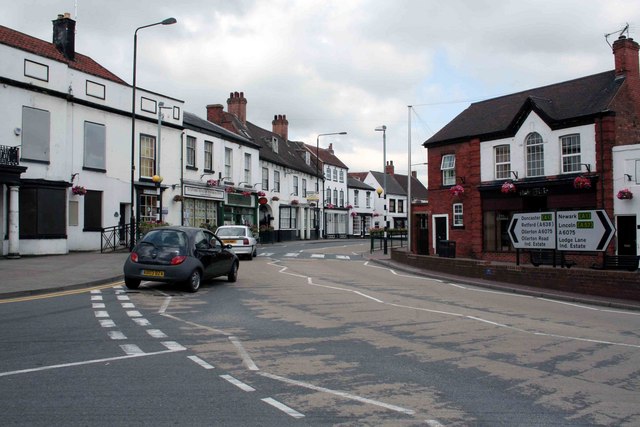
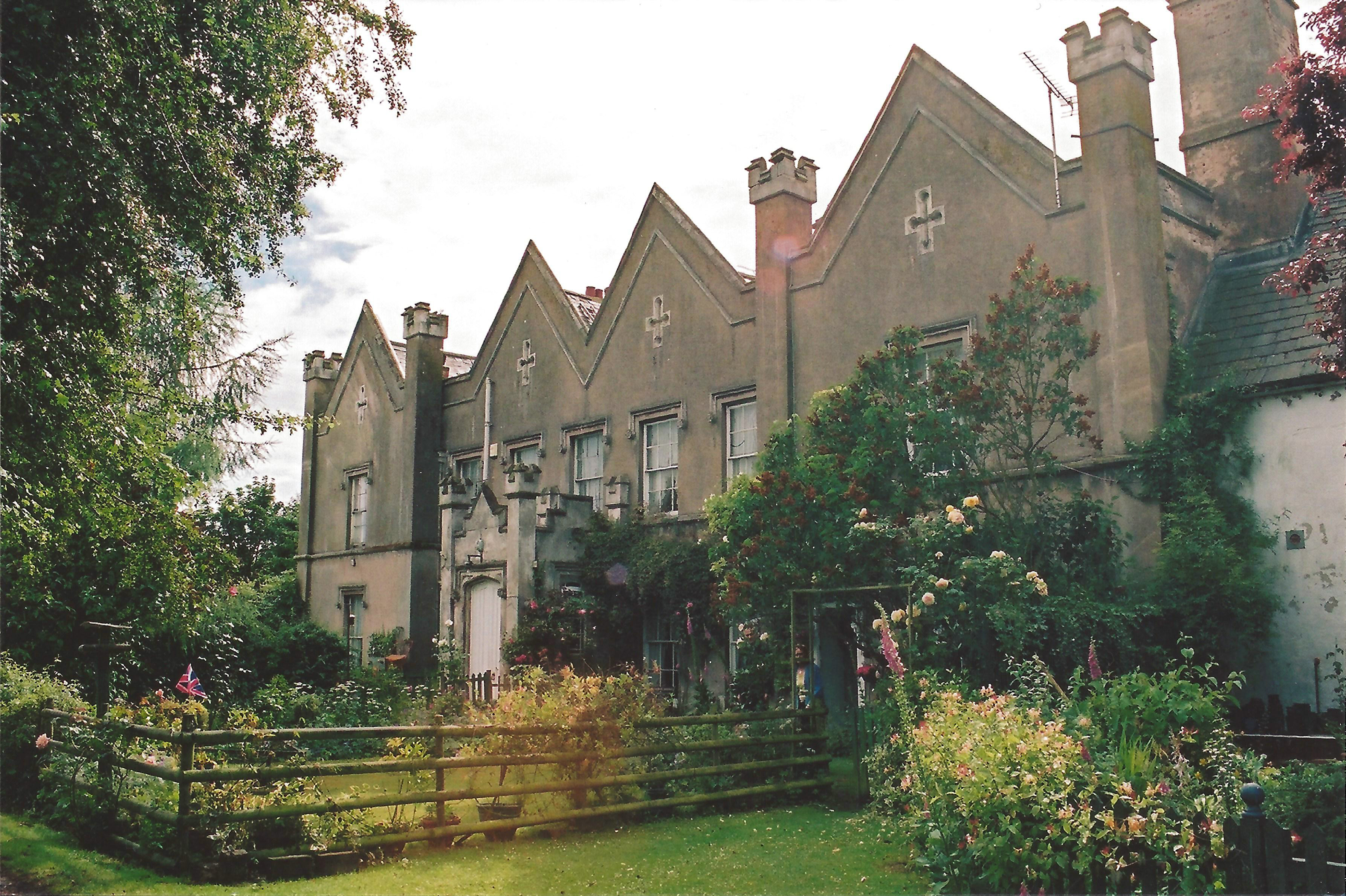
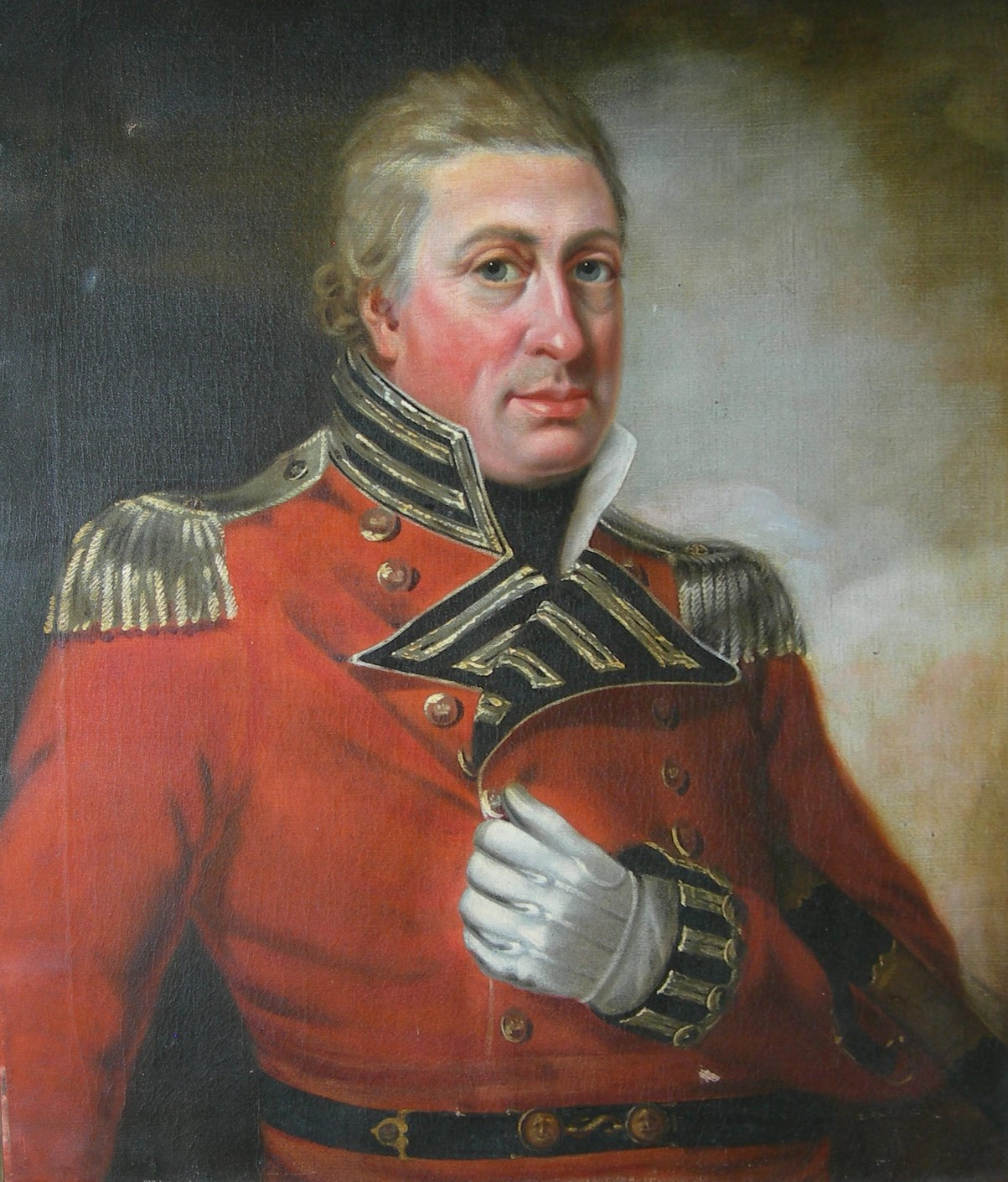
.jpg)


